growing cardinal flowers (lobelia)
katob Z6ish, NE Pa
12 years ago
Related Stories
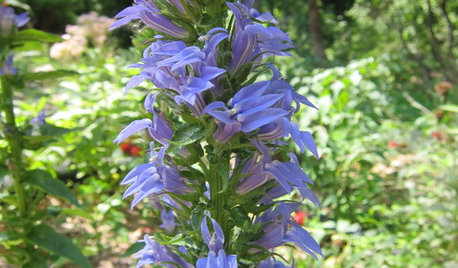
GARDENING GUIDESGreat Design Plant: Lobelia Siphilitica Keeps Its Cool
Great blue lobelia, a flowering native that prefers moist soil, adds a calming blue hue to the late-summer garden
Full Story
GARDENING GUIDESBackyard Birds: Northern Cardinals in the Snow, and Other Red Birds
Brilliant crimson feathers make these friends stand out in a crowd
Full Story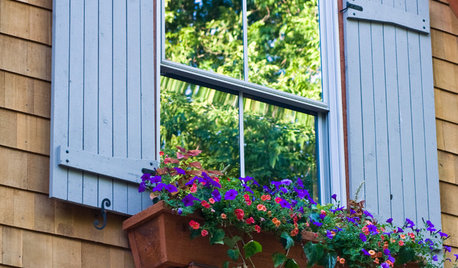
CURB APPEALHow to Make a Window Garden Grow
Get the scoop on materials, installation, plantings and more to bring the charming look of window boxes to your home
Full Story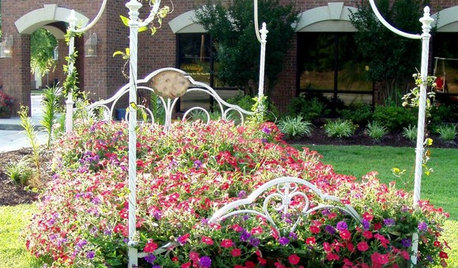
CONTAINER GARDENSYes, You Can Grow a Plant In That
You can upcycle your old typewriter, paint cans, tires and many more things into places for your plants
Full Story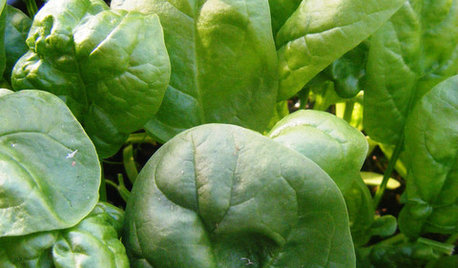
COOL-SEASON CROPSCool-Season Vegetables: How to Grow Spinach
Chock-full of antioxidants and iron, spinach is a nutrient-rich addition to your fall or spring garden
Full Story
GARDENING GUIDES10 Deer-Resistant Native Flowers to Plant This Fall
Learn about natives that embrace some kinds of wildlife but resist grazing deer
Full Story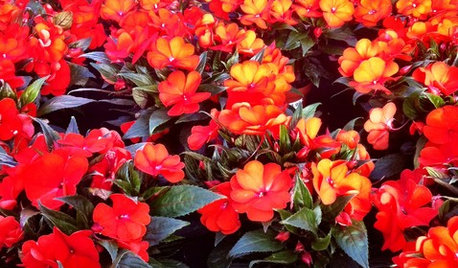
GARDENING GUIDESBright Plants for Flower Beds That Wow
From new annual and perennial varieties to grasses, get dramatic with swaths of color
Full Story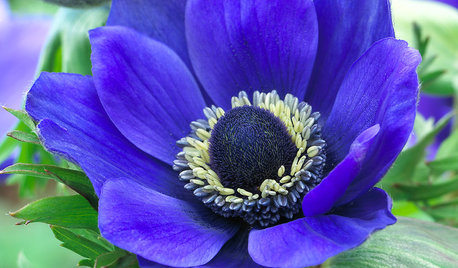
FALL GARDENING6 Splendid Blue-Flowering Bulbs
How do you blue? With colors from sky to cobalt, these bulbs will greet you merrily in a spring garden
Full Story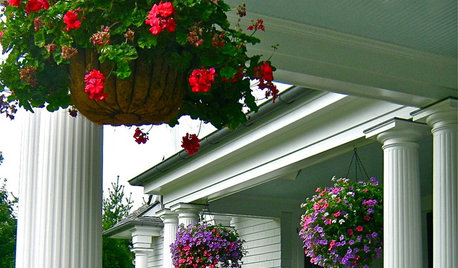
PORCHESGet the Hang of Hanging Flower Baskets
Learn all about container materials, soil and designing a hanging flower arrangement for a bountiful look on your porch or deck
Full Story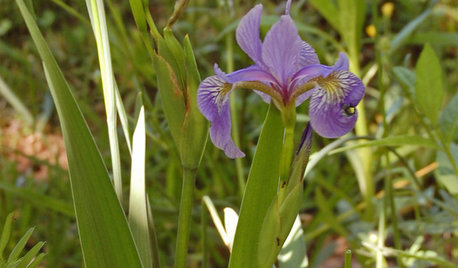
GARDENING GUIDESGreat Design Plant: Iris Versicolor
A versatile native iris for bridging wet and dry gardens
Full StoryMore Discussions







echinaceamaniac
gardenweed_z6a
Related Professionals
Saint Matthews Landscape Architects & Landscape Designers · Salisbury Landscape Architects & Landscape Designers · Seabrook Landscape Architects & Landscape Designers · Washington Landscape Architects & Landscape Designers · Goodyear Landscape Contractors · Matthews Landscape Contractors · Allentown Landscape Contractors · Cedar Hill Landscape Contractors · Firestone Landscape Contractors · Hayward Landscape Contractors · Longmont Landscape Contractors · Mastic Beach Landscape Contractors · Waterford Landscape Contractors · Greenfield Landscape Contractors · Golden Valley Landscape Contractorscoolplantsguy
ninamarie
NHBabs z4b-5a NH
miclino
roxanna
hawkeye_wx
trovesoftrilliums
katob Z6ish, NE PaOriginal Author
tepelus
terrene
paulan70
leslie197
wieslaw59
calistoga_al ca 15 usda 9
rusty_blackhaw
flora_uk
gottagarden
ontnative
katob Z6ish, NE PaOriginal Author
paulsiu
terrene
dandy_line (Z3b N Cent Mn)
rouge21_gw (CDN Z5b/6a)
terrene
katob Z6ish, NE PaOriginal Author
wieslaw59
terrene
katob Z6ish, NE PaOriginal Author
terrene
flora_uk
terrene
katob Z6ish, NE PaOriginal Author
dandy_line (Z3b N Cent Mn)
calistoga_al ca 15 usda 9
ponyexpress_1
a2zmom_Z6_NJ